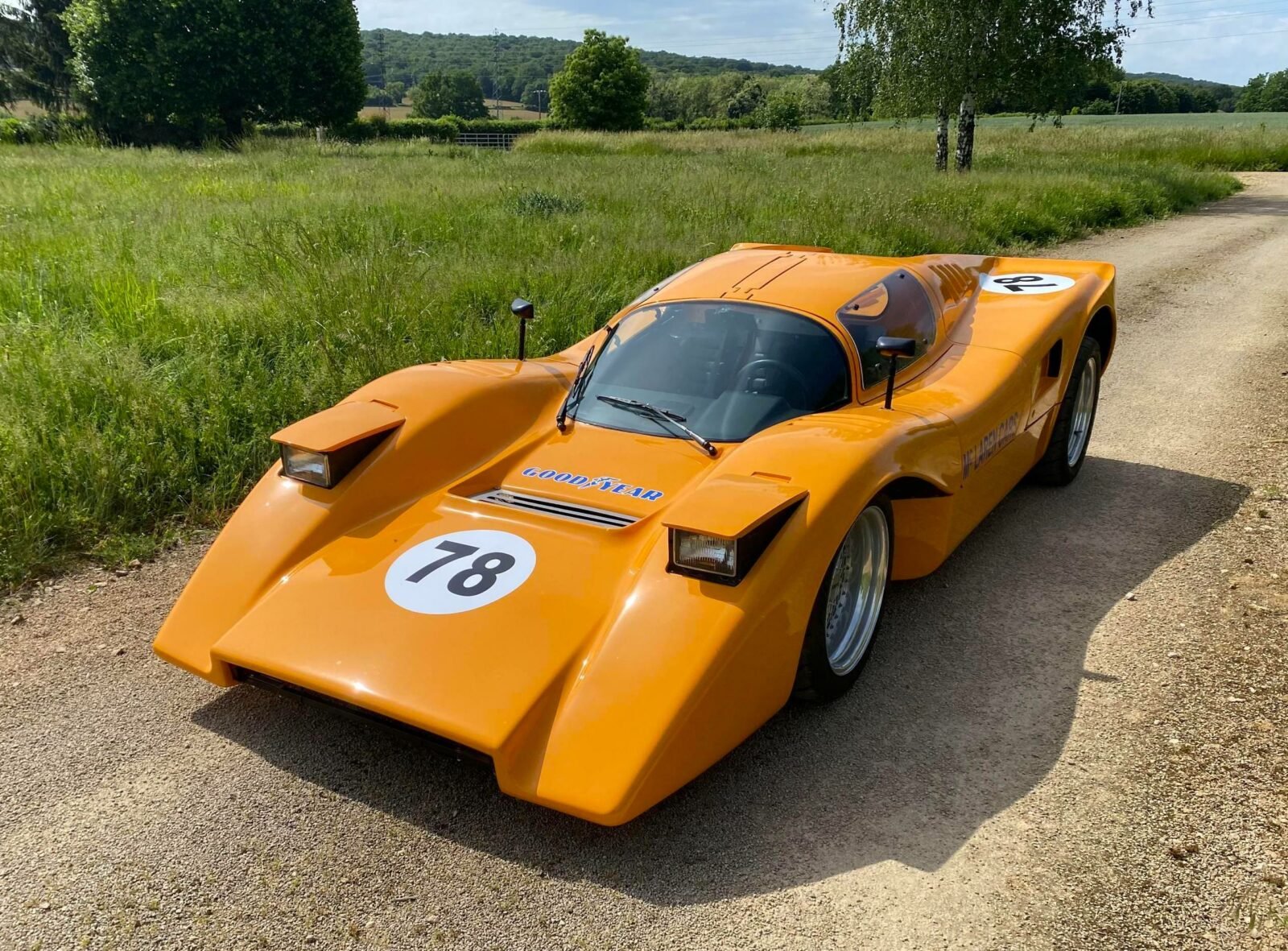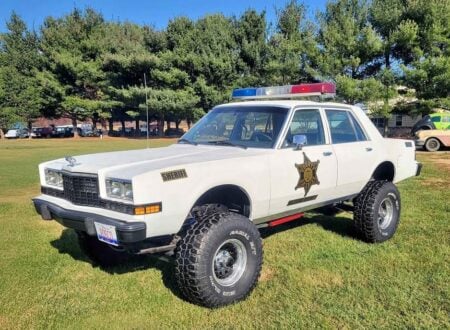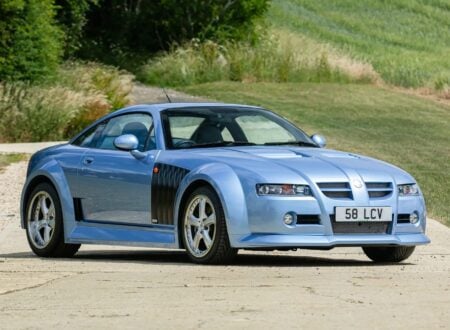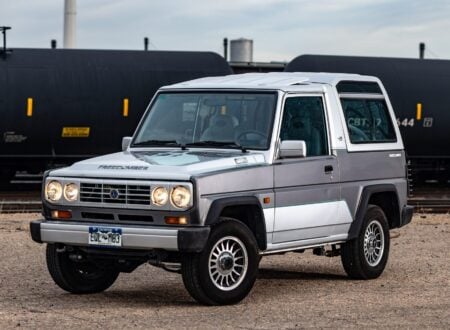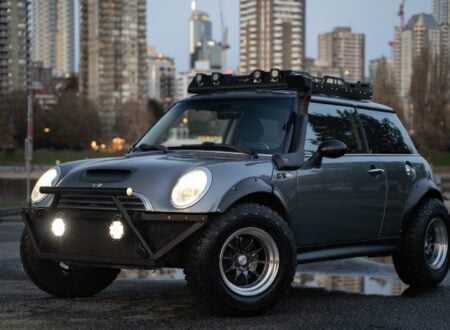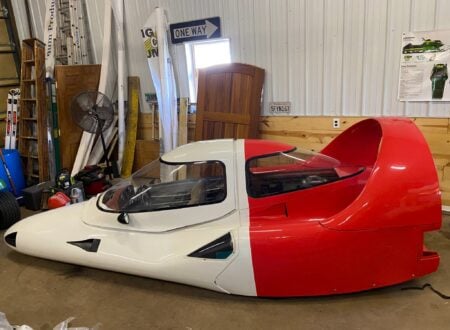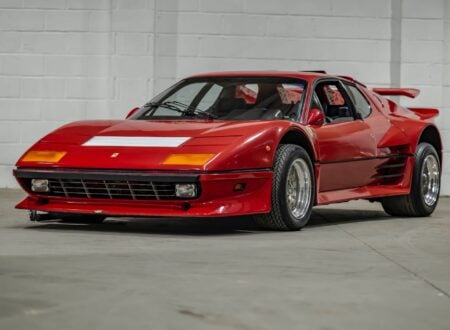This is a 1978 Manta Mirage, it’s a car that could be ordered in kit or factory-built form back in the 1970s and 1980s, once assembled it would be one of the fastest cars on the road. Manta described it as a street-legal race car.
The Mirage was built around a bespoke tubular steel space frame chassis, with independent front and rear suspension, a lightweight fiberglass body, and a mid-mounted American V8 sending power to the rear wheels. The average curb weight was just 2,000 lbs or 907 kgs, with as much as 450+ bhp on tap.
Fast Facts – The Manta Mirage
- The Manta Mirage was the first kit-built supercar developed by brothers Brad and Tim LoVette. It was first released in 1974 with a fiberglass body that had styling strongly influenced by the McLaren M8 Can Am car.
- The Mirage had a custom designed tubular steel spaceframe chassis, independent front and rear suspension, four wheel disc brakes, a lightweight fiberglass body, and a mid-mounted American V8 – typically either a Chevrolet or Ford unit.
- At the time of its release, the Manta Mirage was either the fastest or one of the fastest kit cars in the world and a supercar in ever sense of the word. With a curb weight in the region of 2,000 lbs or 907 kgs and ~400+ bhp it was faster around a typical circuit than many factory-built supercars of the time.
- The Manta Mirage you see here is said to be one of just 10 in Europe, it has French FFVE certification for road registration, it has had a recent comprehensive restoration in the USA, and it’s powered by a stroked small block 383 cubic inch Chevrolet V8 producing a claimed 445 bhp.
Manta Cars: A History Speedrun
Manta Cars was founded by American brothers Brad and Tim LoVette in Costa Mesa, California. The first car they developed is still their most famous, the Manta Mirage, though they did release a number of other models including the Volkswagen Beetle-based Manta Montage and the mid-engined Montage-T.
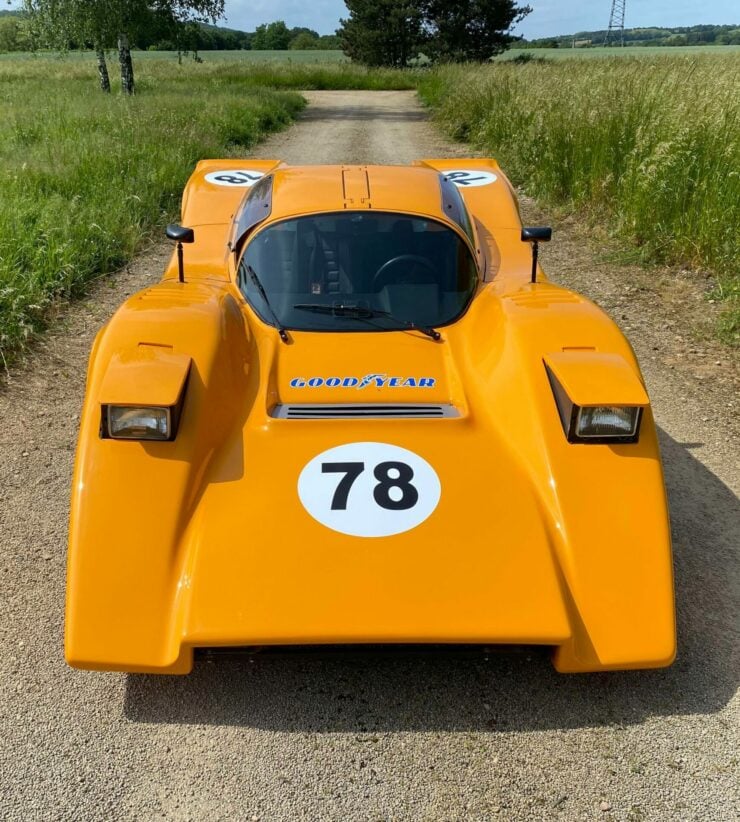

The company shot to national stardom in 1974 with the release of the original Gone In 60 Seconds movie, directed by H.B. Halicki which featured a Manta Mirage as one of the 48 cars stolen as part of the film’s plot.
Although kit cars were nothing new when Manta Cars was founded the concept of kit supercars was still in its infancy, and Manta helped establish it has a genre all its own. Although some will aways look down their noses at kit cars, it becomes increasingly difficult to ignore them when they’re faster than many factory-built supercars of the time.
Manta would remain in business from 1974 until 1986 and they would sell approximately 1,000 cars in that timeframe, making them one of the most significant kit car makers in the world by sales volume.
Apart from the prominent appearance in Gone In 60 Seconds other Manta vehicles would appear in the 1983 TV show Hardcastle and McCormick, as well as the 1991 movie Highway To Hell, and more recently on the History Channel’s Counting Cars episode Red, Hot and Dangerous.
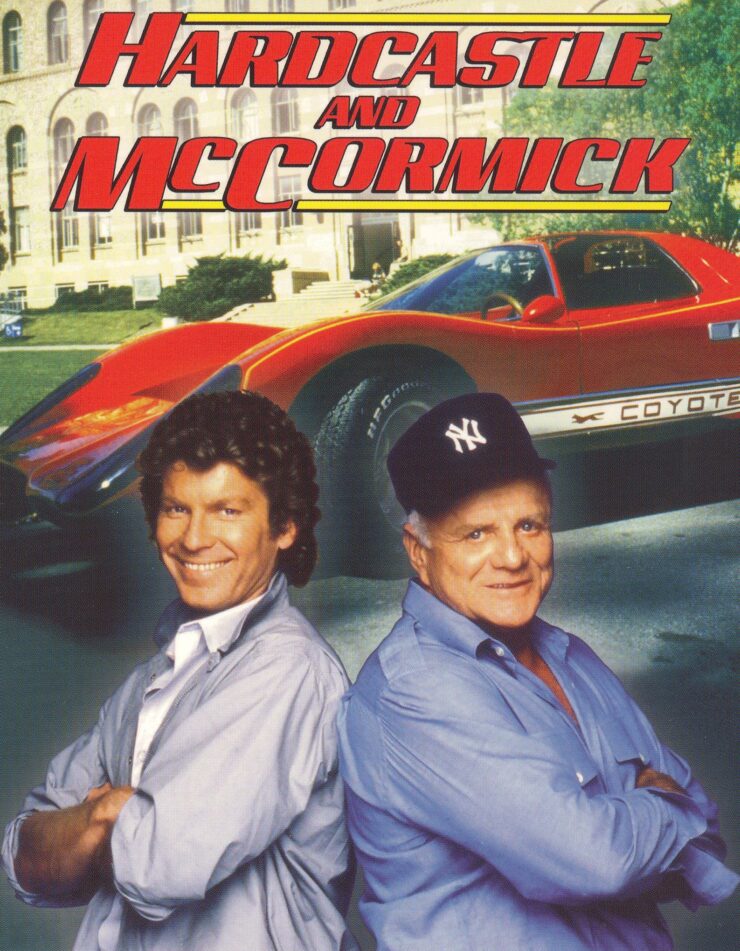

Today there are many surviving Mantas still on the road and in the process of being restored. The marque enjoys a strong following online, with a major presence of enthusiasts in the United States and a smaller group in Europe.
The Manta Mirage
The design of the Manta Mirage was based on the world-beating McLaren M8 Can Am race car, although the Mirage would be road legal, and it would be affordable to buy in kit form for everyday Americans.
Brad and Tim LoVette developed a simple but stiff tubular steel spaceframe chassis that accommodated a mid-mounted V8 behind the seats, and it rode on independent suspension front and back with four wheel disc brakes.
The final specification of the car could vary quite widely as it was all dependent on the engine, suspension, and brakes that were chosen by the kit builder. Some were relatively tame with unmodified small block Chevrolet 350 cubic inch V8s mated to Corvair transmissions, but some were fitted with high-modified engines including 454 cubic inch (7.4 liter) Chevy V8s or 460 cubic inch (7.5 liter) Ford V8s.
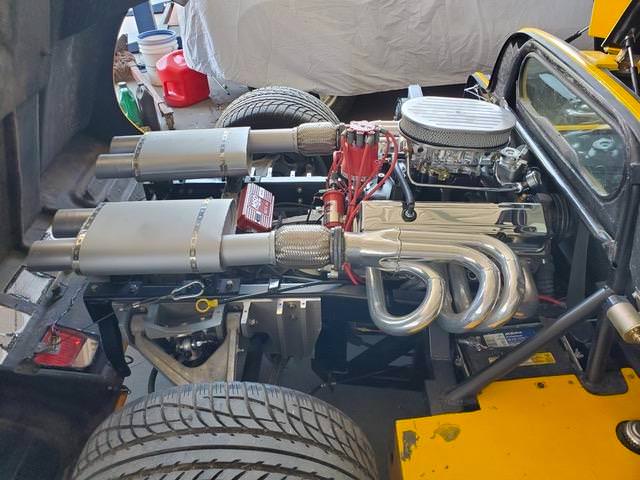

The lightweight fiberglass body was available in a wide array of gelcoat colors, though perhaps the most sensible choice was the McLaren shade of Papaya Orange used by their race cars.
It’s not known exactly how many Mirage kits were sold, or how many were completed into finished cars, but we do see them come up for sale relatively regularly and Manta historians typically put the number at a few hundred.
The 1978 Manta Mirage Shown Here
The car you see here is a 1978 Manta Mirage that has recently been through a 600 hour restoration in the United States. It now comes with two fobs with remote locking, a Mirage plaque on dashboard stating Serial Number MC217, and a body finished in McLaren Papaya Orange. It’s powered by a stroked small block 383 cubic inch Chevrolet V8 producing a claimed 445 bhp which is mated to a 6-speed Porsche Boxster (G86-20) transaxle with a limited-slip differential.
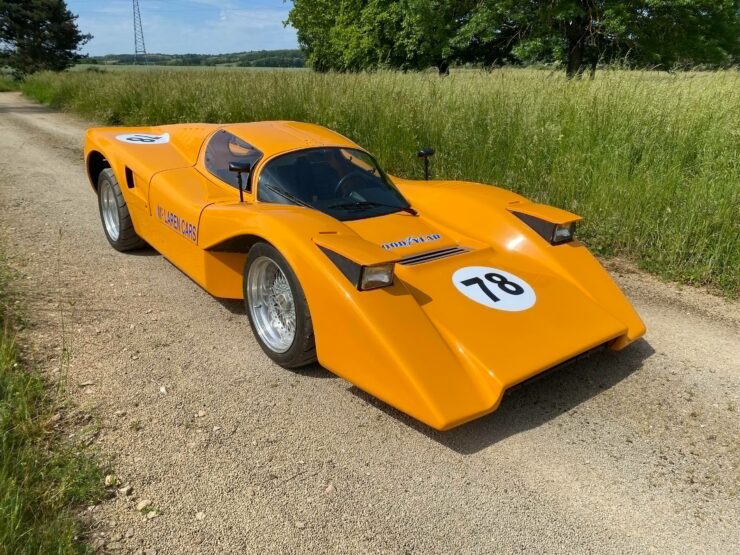

The interior of the car boasts black seats, black carpets, and well pretty much black everything apart from the more modern dashboard instrumentation with silver bezels and white faces. Both seats are fitted with five-point safety harnesses and the car has the classic manual transmission and three pedal arrangement as you would expect.
The car is now fitted with adjustable coilover shock absorbers front and back, as well as Compomotive split-rim lattice style alloy wheels with Toyo R888 road-legal tires. It’s also been given some classic McLaren vintage racer decals with logo stickers, and it has easily removable butterfly doors allowing you to drive in targa mode if you so wish.
The car is now being offered for sale out of Le Villars in France on Car & Classic. If you’d like to read more about it or register to bid you can visit the listing here.
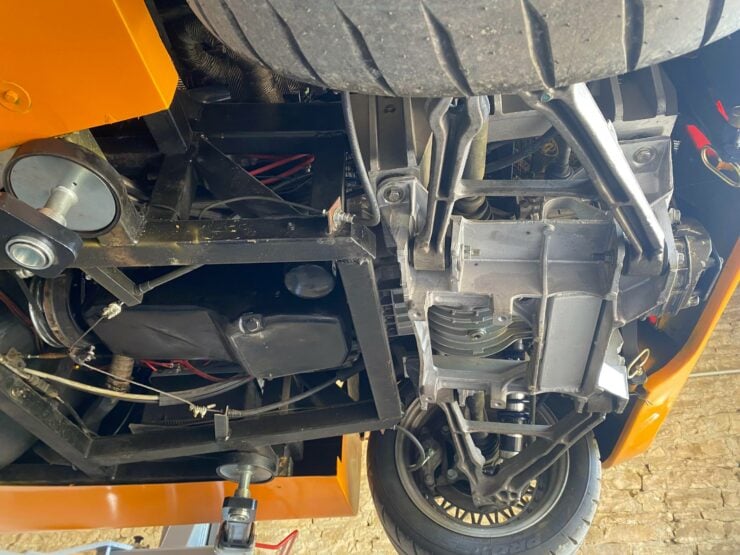
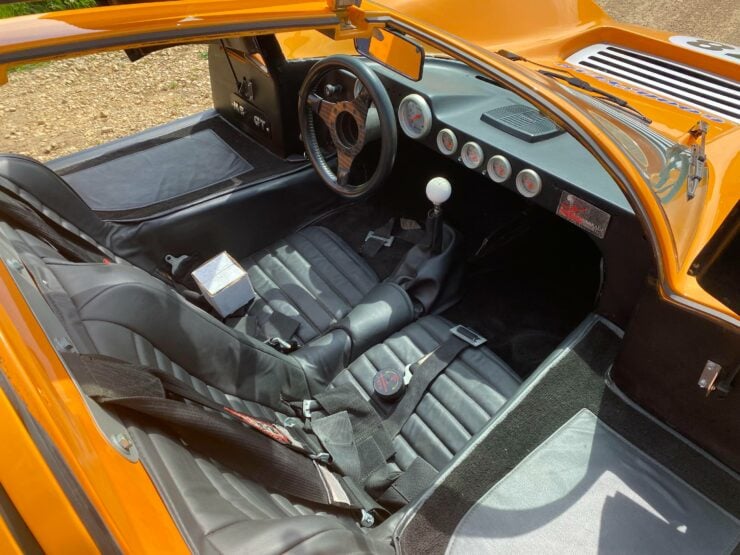
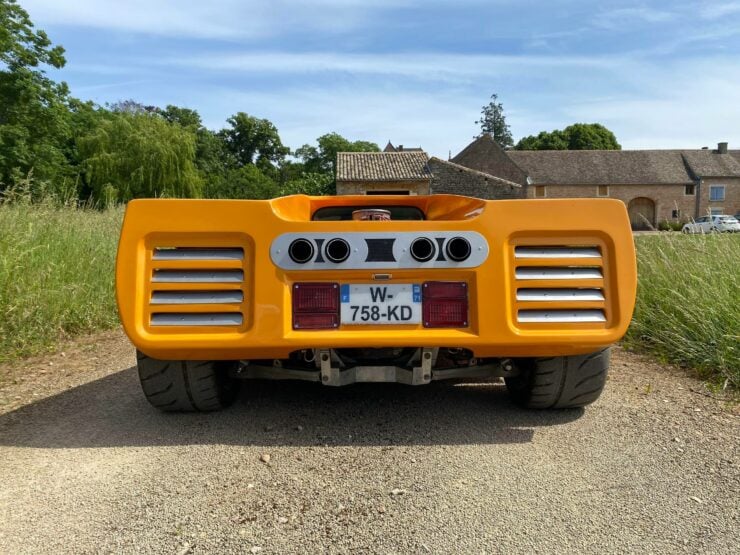
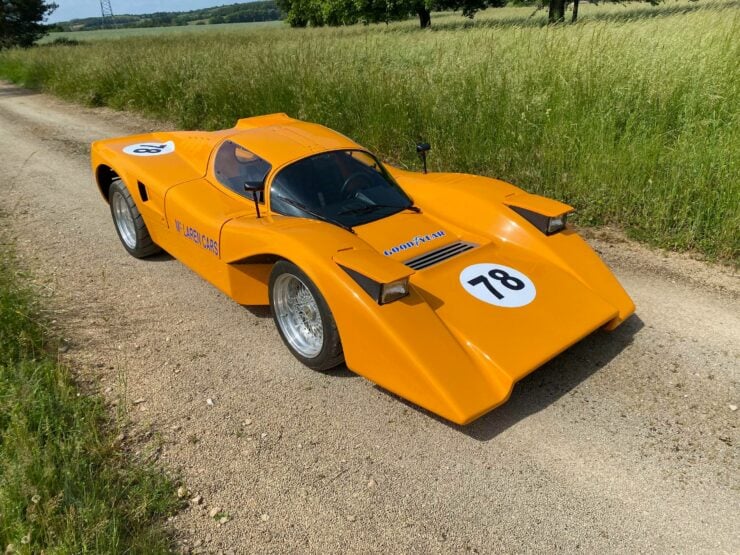
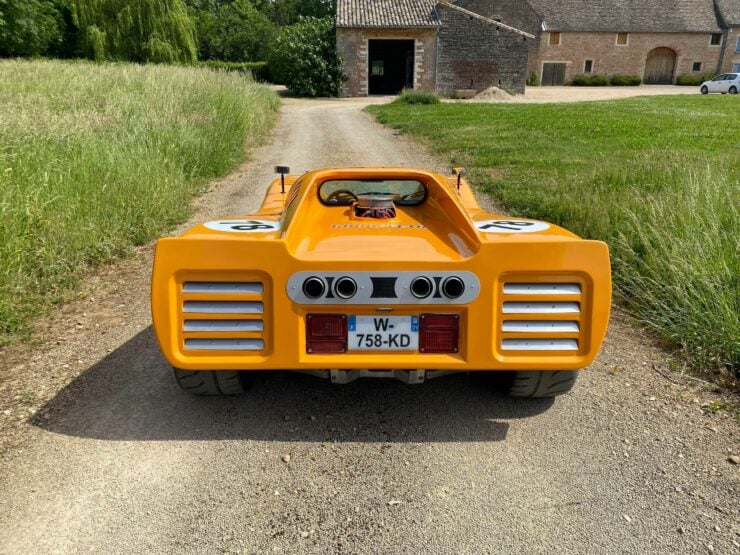
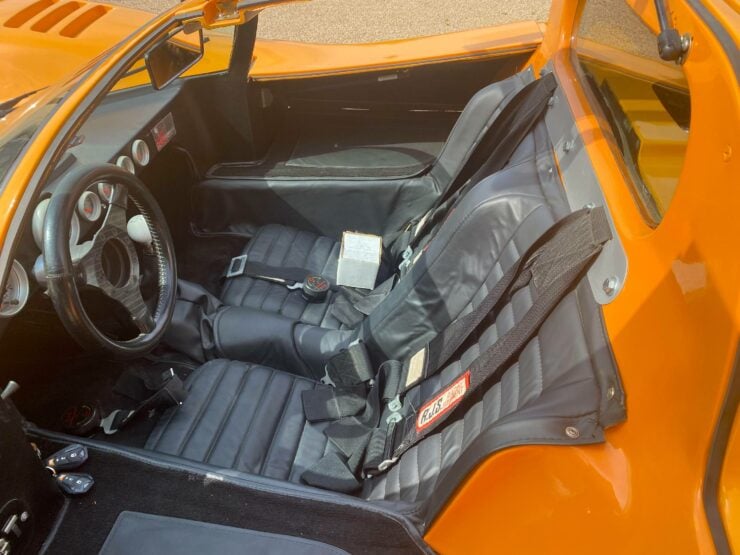
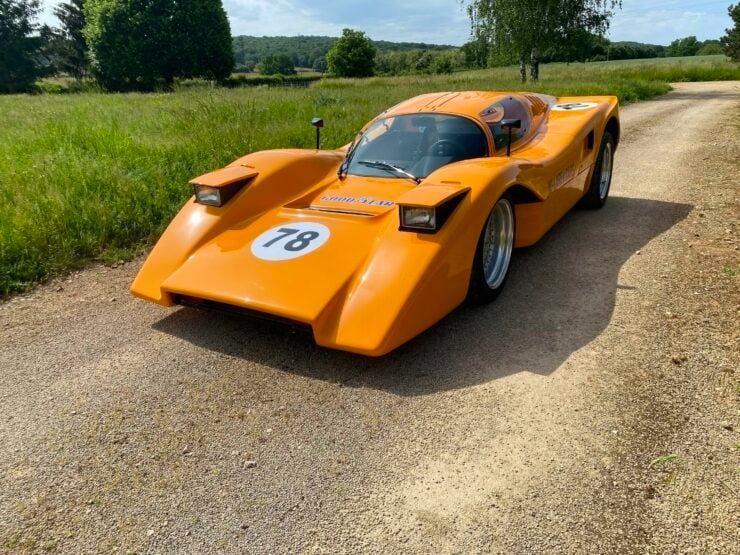
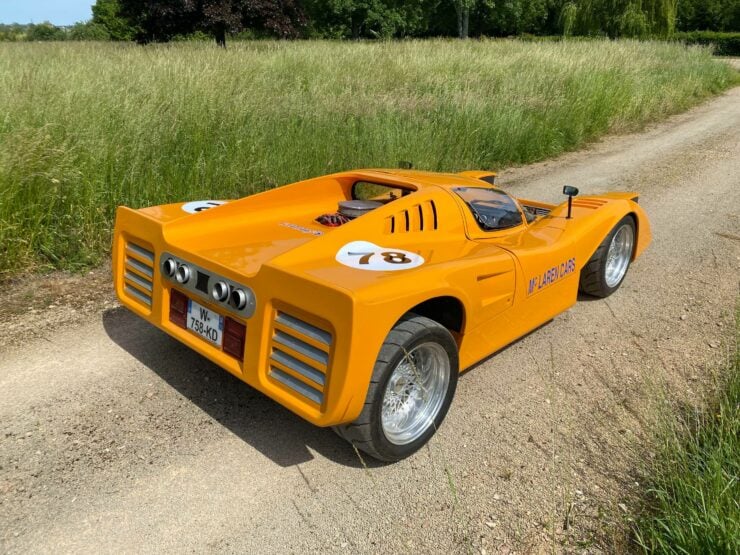
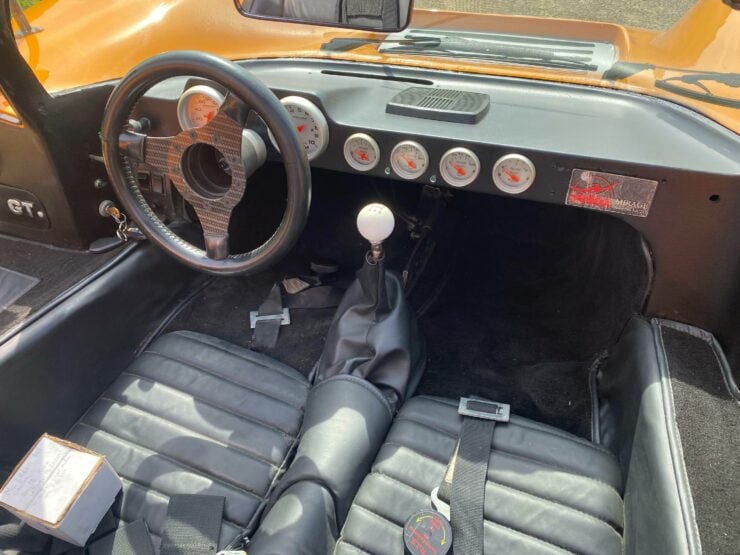
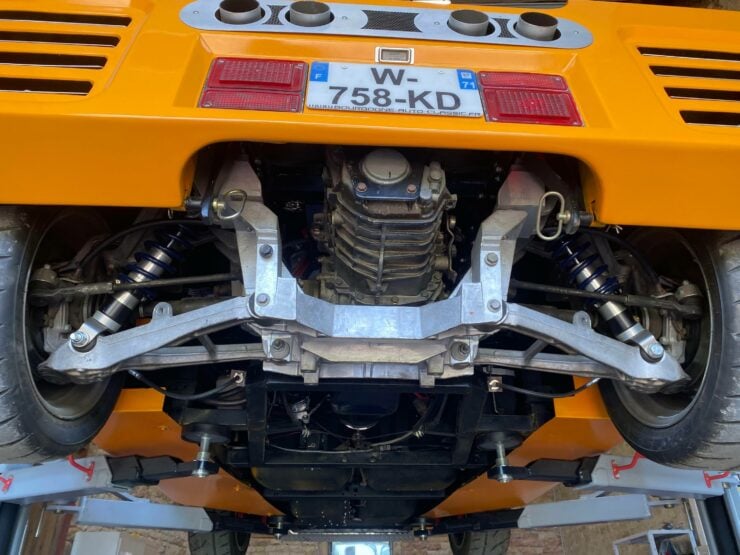
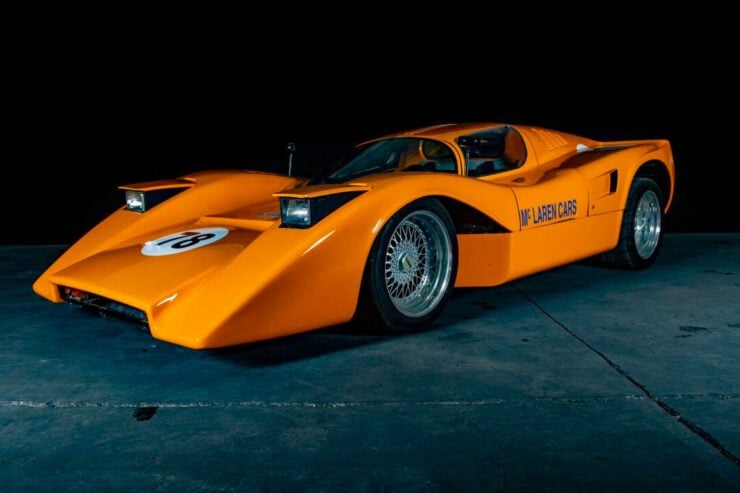
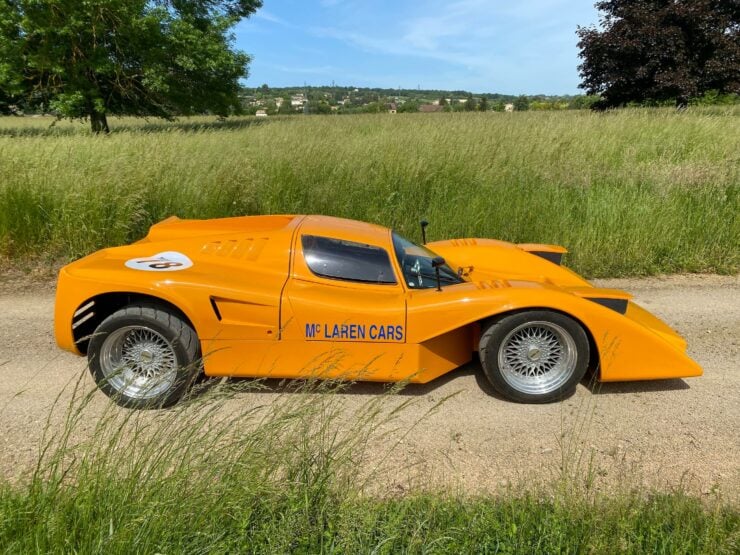
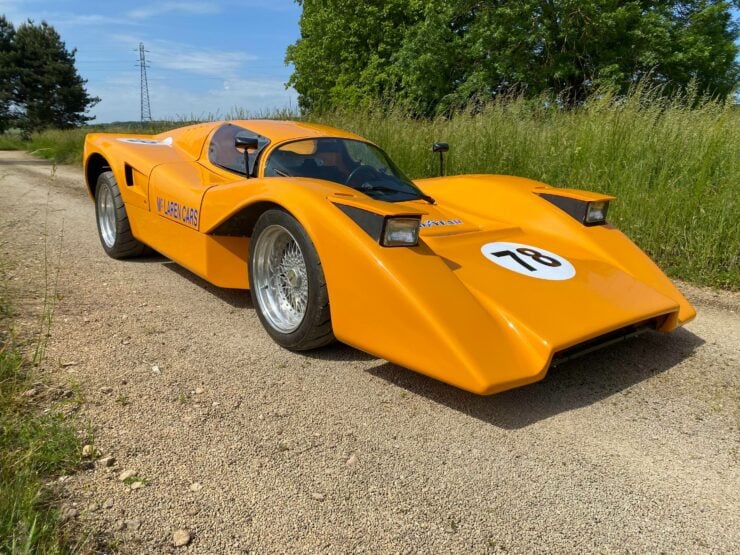
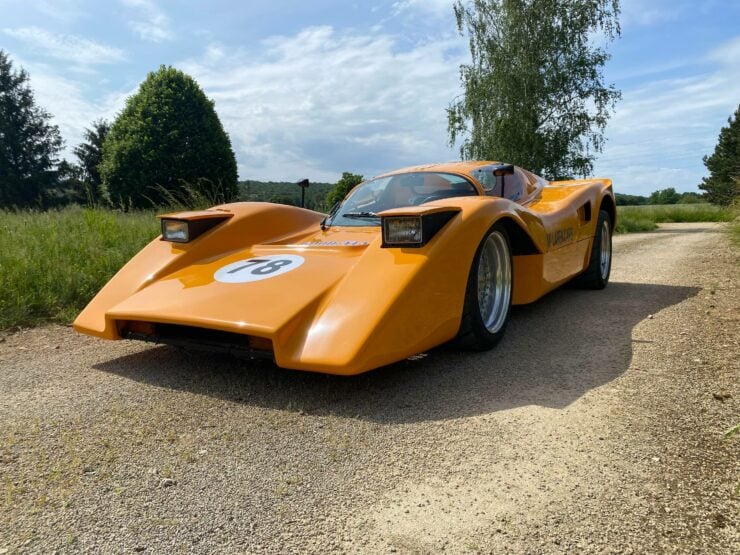
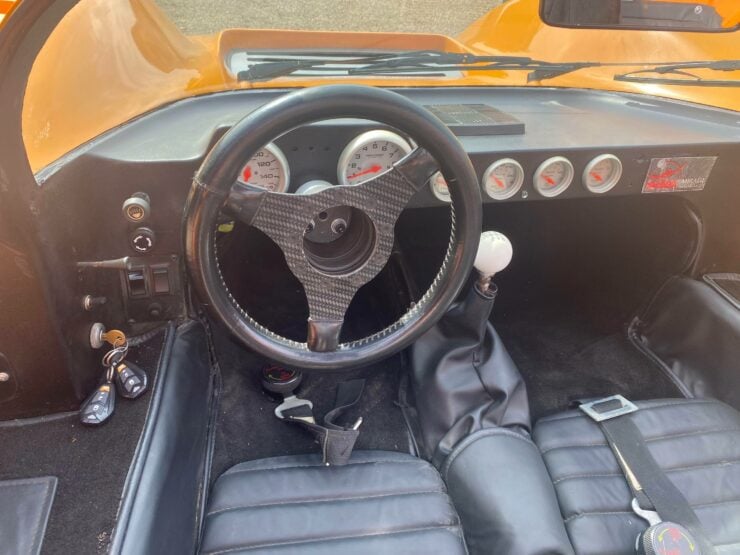
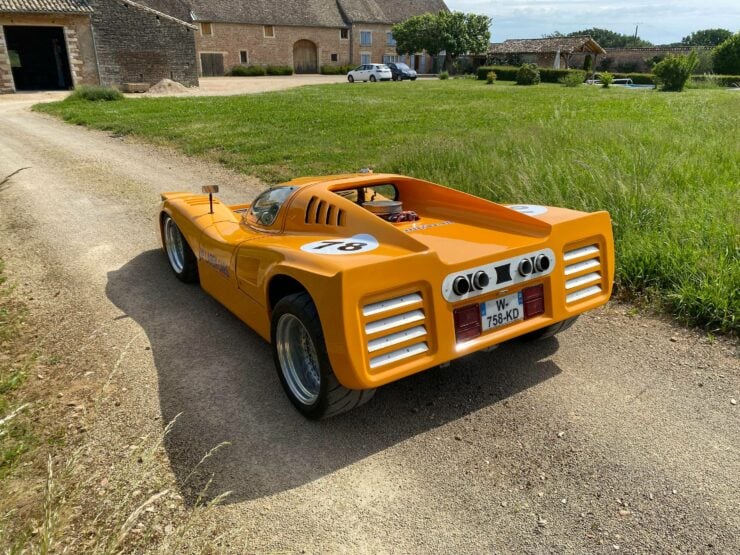
Images courtesy of Car & Classic

